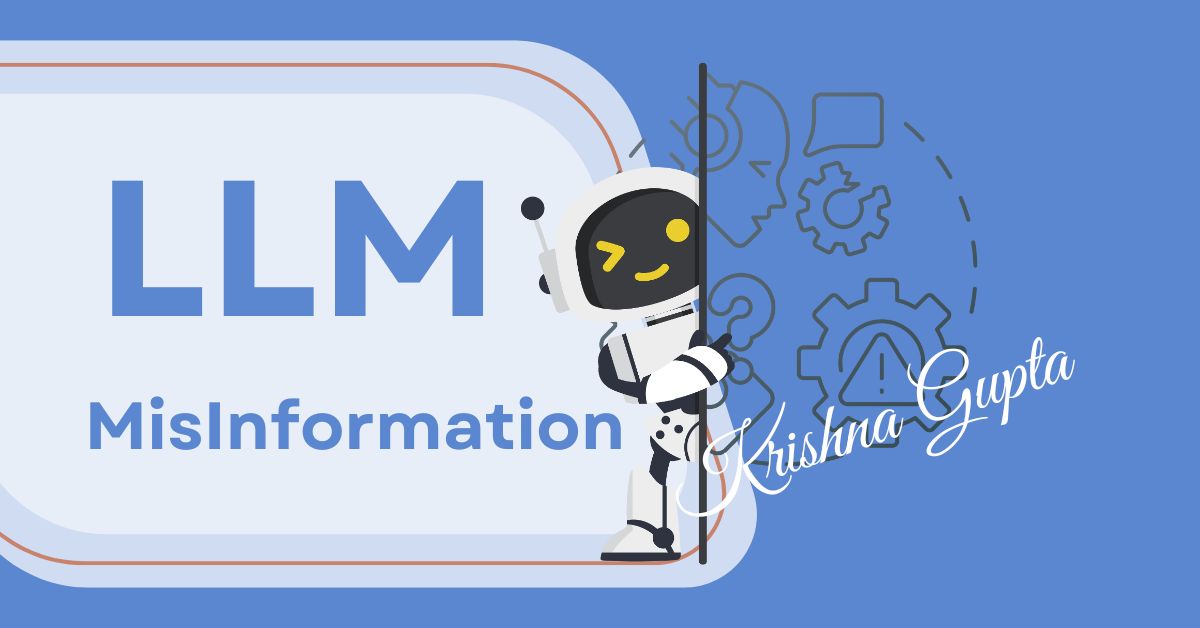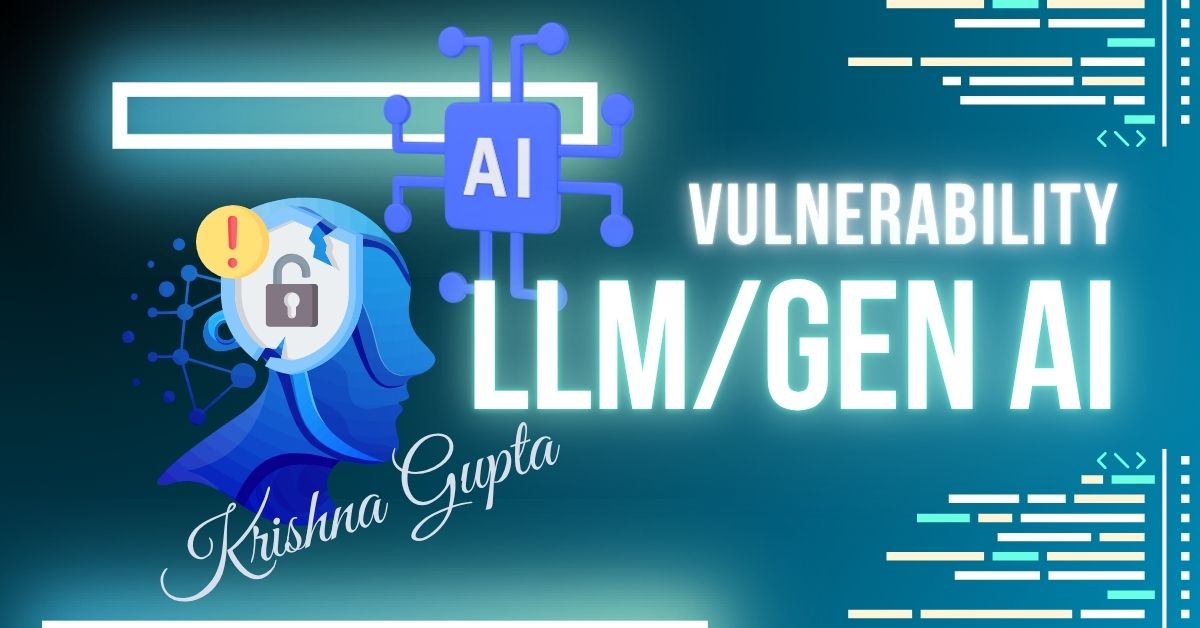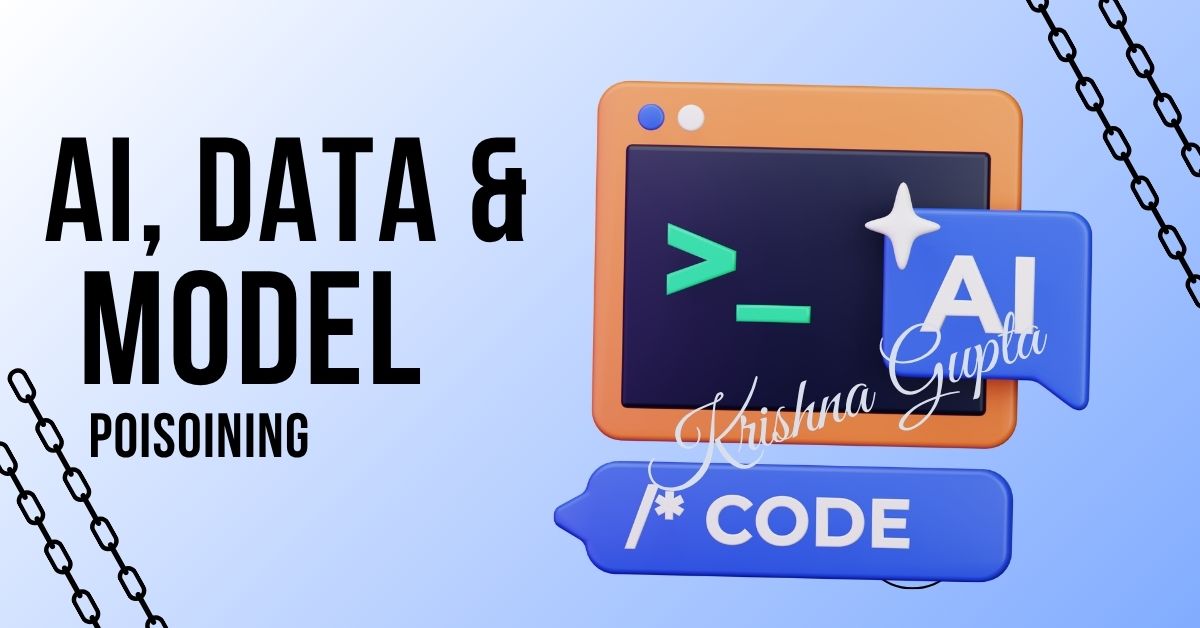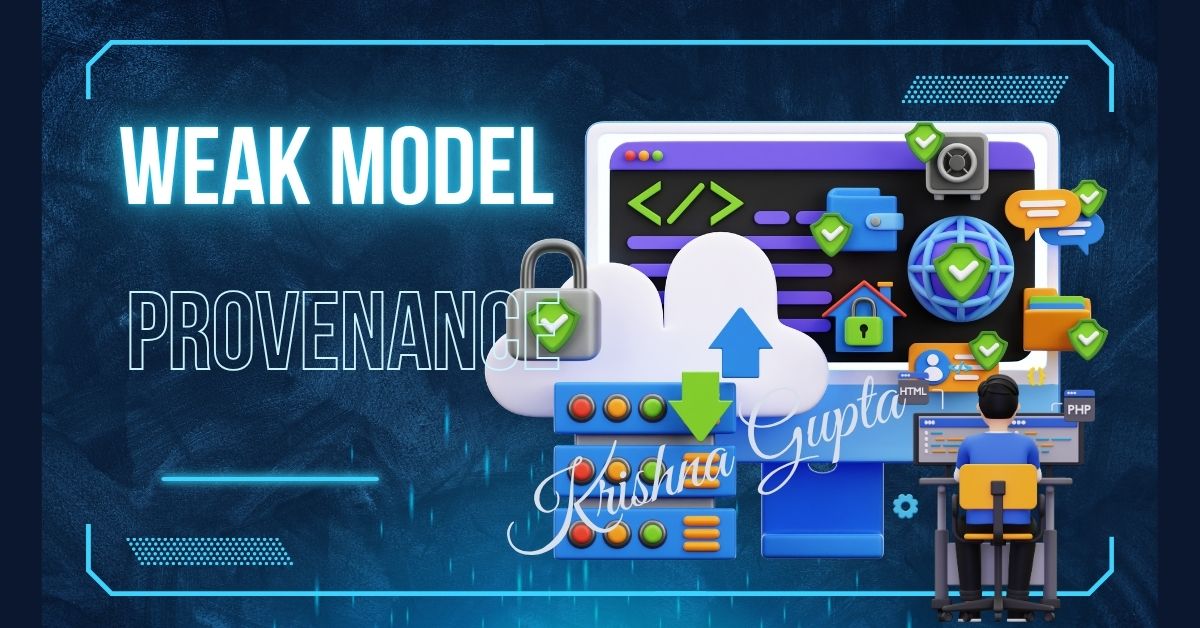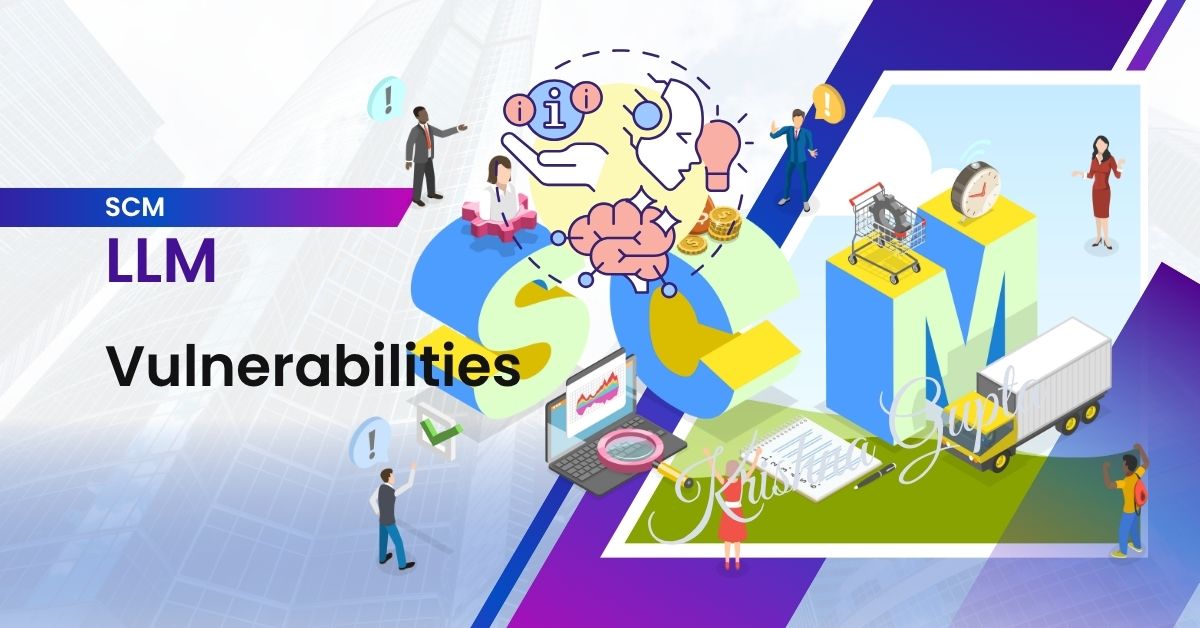LLM09:2025 Misinformation – The Silent Saboteur in LLM-Powered Enterprises
In the digital-first world, Large Language Models (LLMs) such as OpenAI’s GPT series, Google’s Gemini, and Anthropic’s Claude are redefining how businesses operate. From automating customer service and accelerating legal research to generating strategic reports, LLMs are integrated into critical enterprise workflows.
LLM misinformation occurs when the model generates false or misleading information that appears credible. This is particularly dangerous because of the model’s inherent linguistic fluency—users often assume that well-phrased responses are factually correct.
